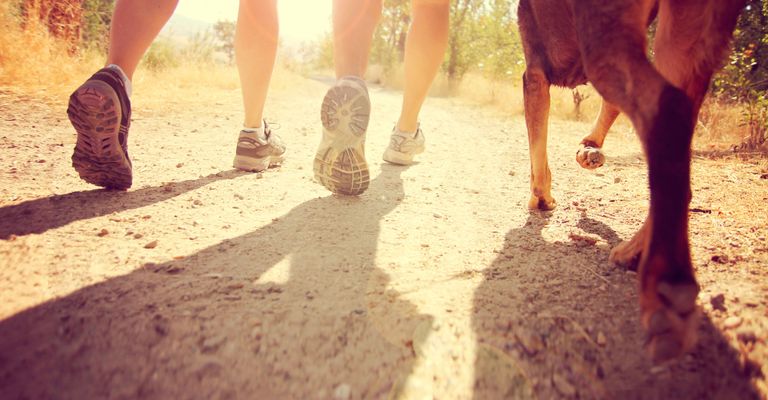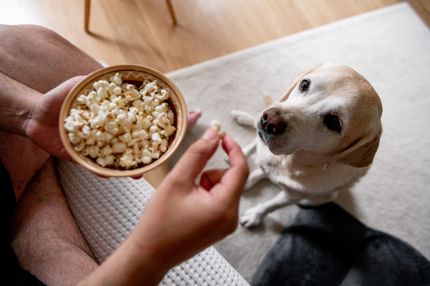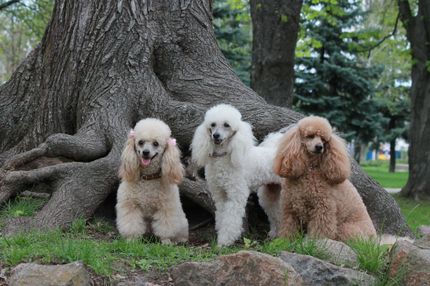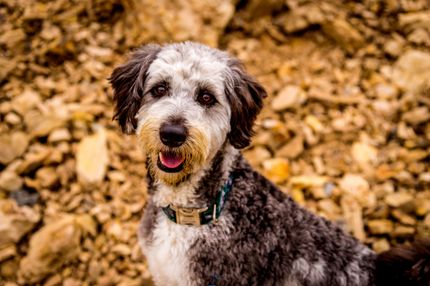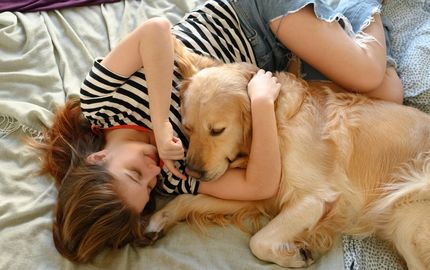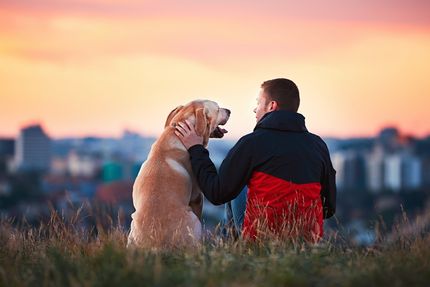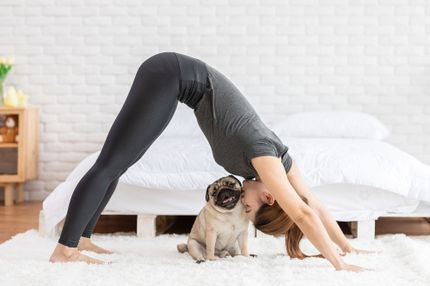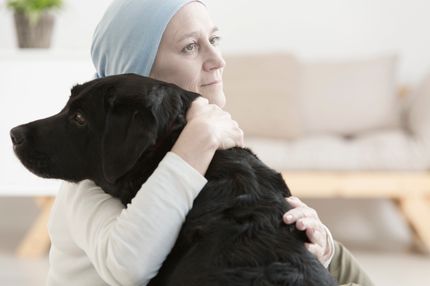Prevention of joint problems in dogs
When it comes to diseases in dogs, joint disease is at the high end of frequency. It doesn't just affect the large breeds. This problem can occur in any dog no matter what breed or size. In some cases, the basis for future joint problems is genetically determined. But still, you can prevent or mitigate a lot of it by acting responsibly.
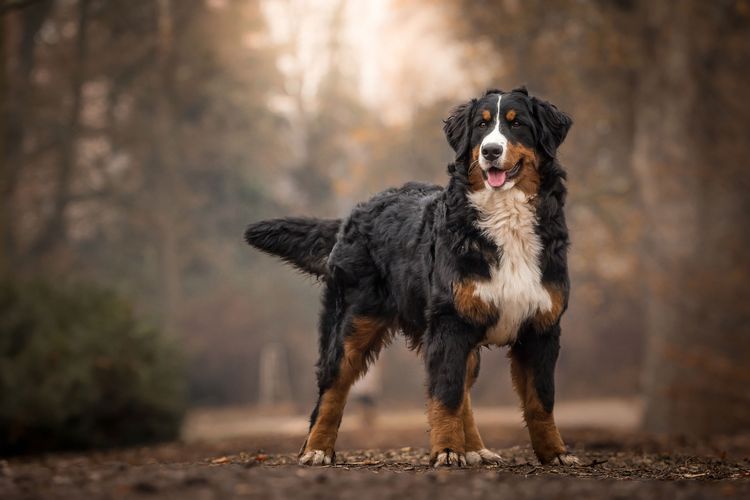
Basics against joint problems in dogs - Tip 1
If your dog is still a puppy or young dog, you can give your four-legged friend a good start in life with a balanced, age-appropriate diet. High-quality food is very important for the development of the joints and cartilage of the musculoskeletal system. But beware. Too much of a good thing is bad. Your pet should not grow too fast. This in turn will also cause joint problems later on. An age-appropriate movement without big jumps, high obstacles or similar helps the healthy growth of muscles, tendons, cartilage and joints. Exercise is good, but not for hours on end. For regular exercise (jumping, turning, pulling) your dog should be fully grown. So at this age please pay attention to:
- balanced puppy and young dog food
- age-appropriate growth
- no stairs
- do not jump into or out of the car
- games with ball or disc without big jumps and turns
Preventing dog joint problems - Tip 2
If your pelt-nose is grown up you can also do something against this problem. Often the sins of the previous owner are not known or you have your dog from animal protection. Here you can still make good by a high-quality nutrition. Adapt exercise routines (walking, playing, exercising) to your dog's needs. The way to a dog's heart is through his stomach, they say, but please don't do that to your dog. Prevent overweight. Calculate the daily ration of food including treats and after daily exercise.
- balanced diet
- no overweight
- age-appropriate exercise
- play and sport adapted to the breed
Diseases of dogs - Tip 3
Osteoarthritis is not a disease of only old dogs. It can develop at a younger age due to inflammation that has not healed. You will find enough information about osteoarthritis in the coming weeks as a blog post. Despite this disease, your dog can continue to have a lot of fun in life. The motion sequences should be adapted, then no further problems of the dog joints develop. Before romping, your dog should "warm up". A soft and warm dog bed can promote relaxation of the dog's body including the joints. Use a ramp for getting into the car.
- comfortable warm up
- soft dog bed
- dog ramp for the car
- search games
- water games and swimming
Dog physiotherapy - Tip 4
Relaxation and massage does not have to be used when joint problems are already present in the dog. Many "canine athletes" use this service as a prophylactic. Regular removal of blockages in the spine can counteract larger joint problems. Dog seniors become more mobile again through treatment by a dog physiotherapist. What is good for humans will also help your dog.
Targeted training - Tip 5
The hip joint is not perfect. An X-ray has determined this. Regular exercise "trotting" stimulates the strengthening of the muscles. Take your dog for a bike ride, not on tar or gravel roads. Also, don't let your dog freewheel. Get into the habit of a "dog-friendly" pace, which means your dog should be able to trot easily. Of course you should not overstrain your dog. At the beginning short sequences, which are increased later. The muscles of the hindquarters are strengthened and support the hip joint area. Possible complaints can only occur in later years.
